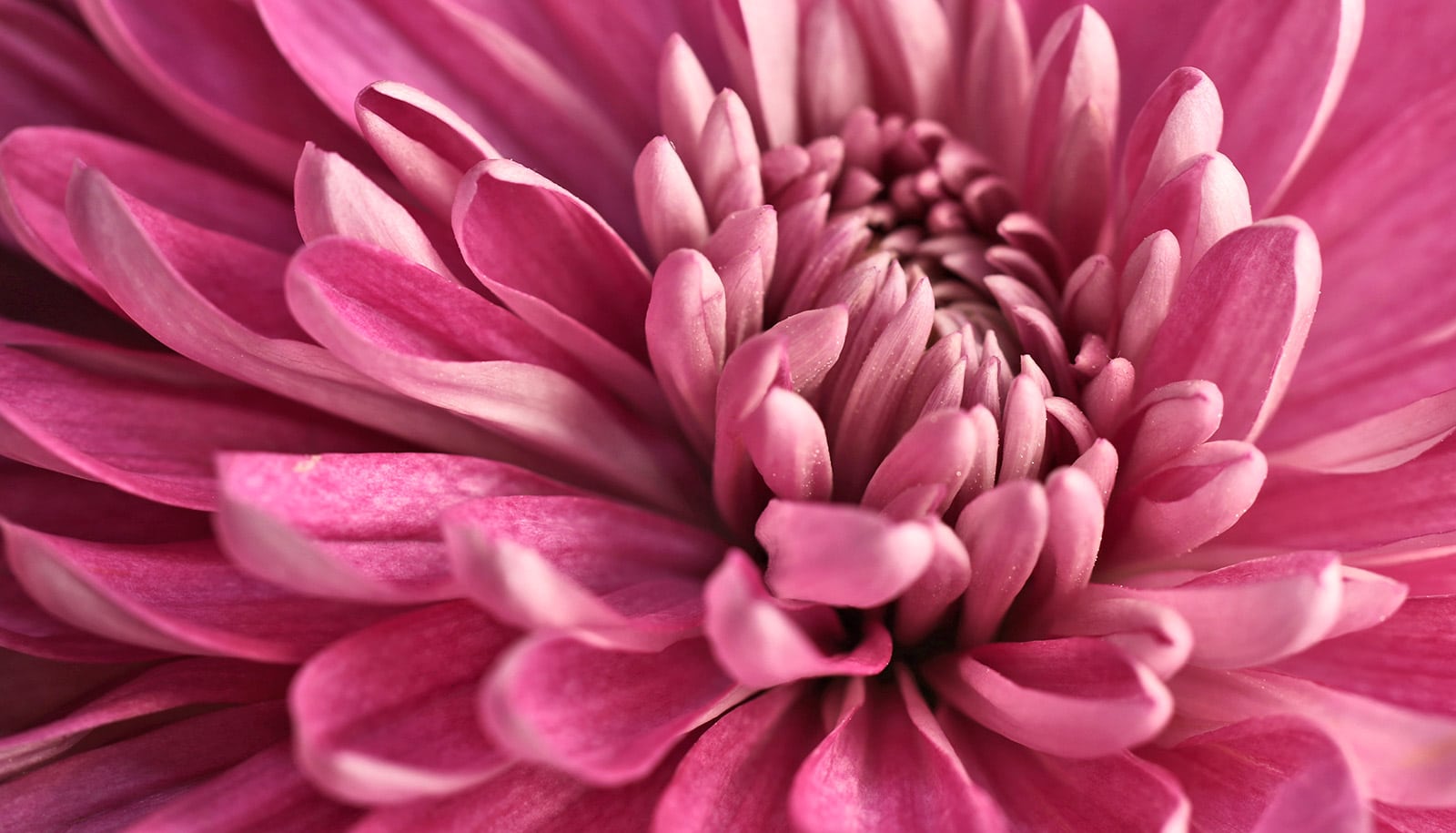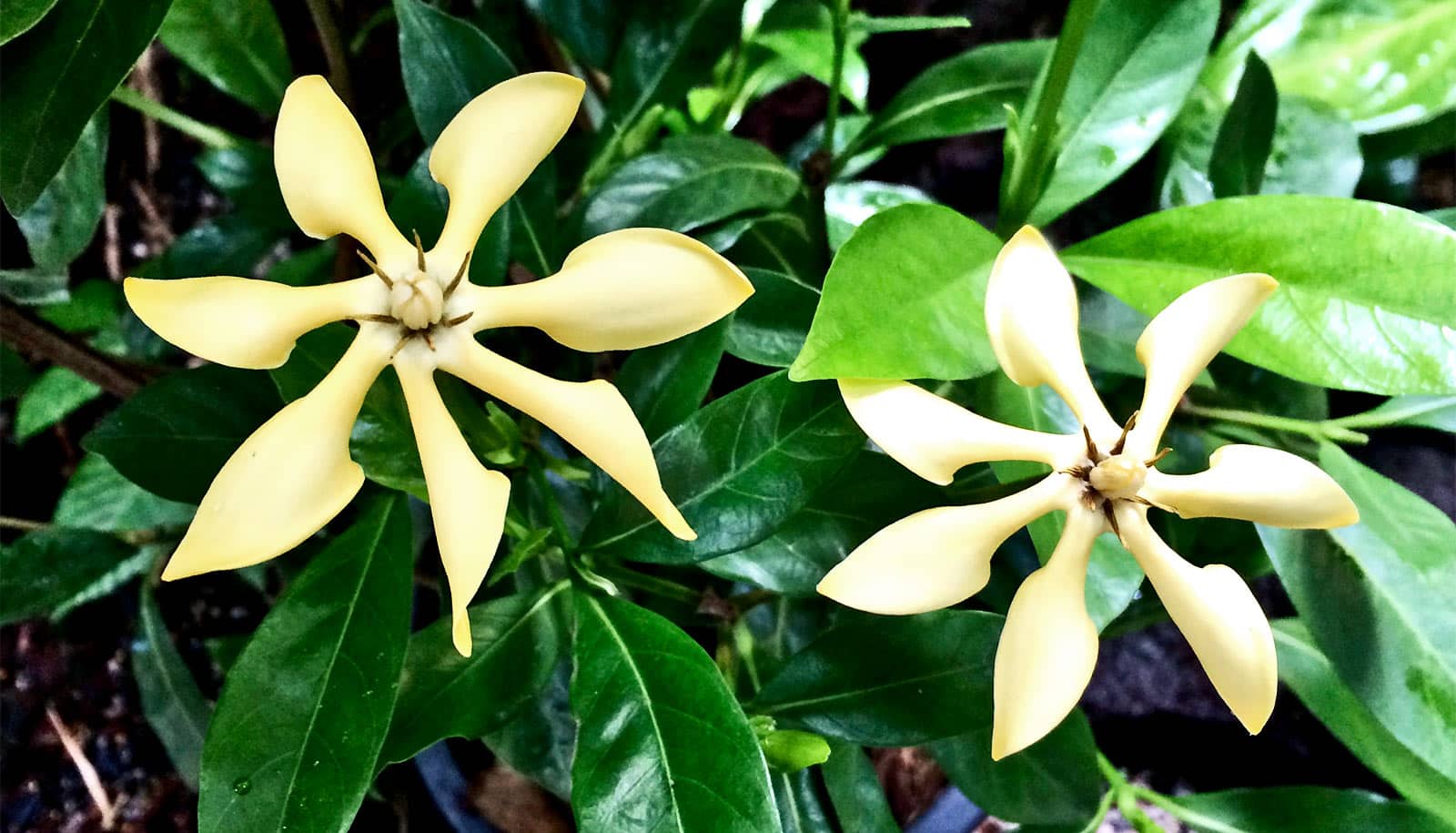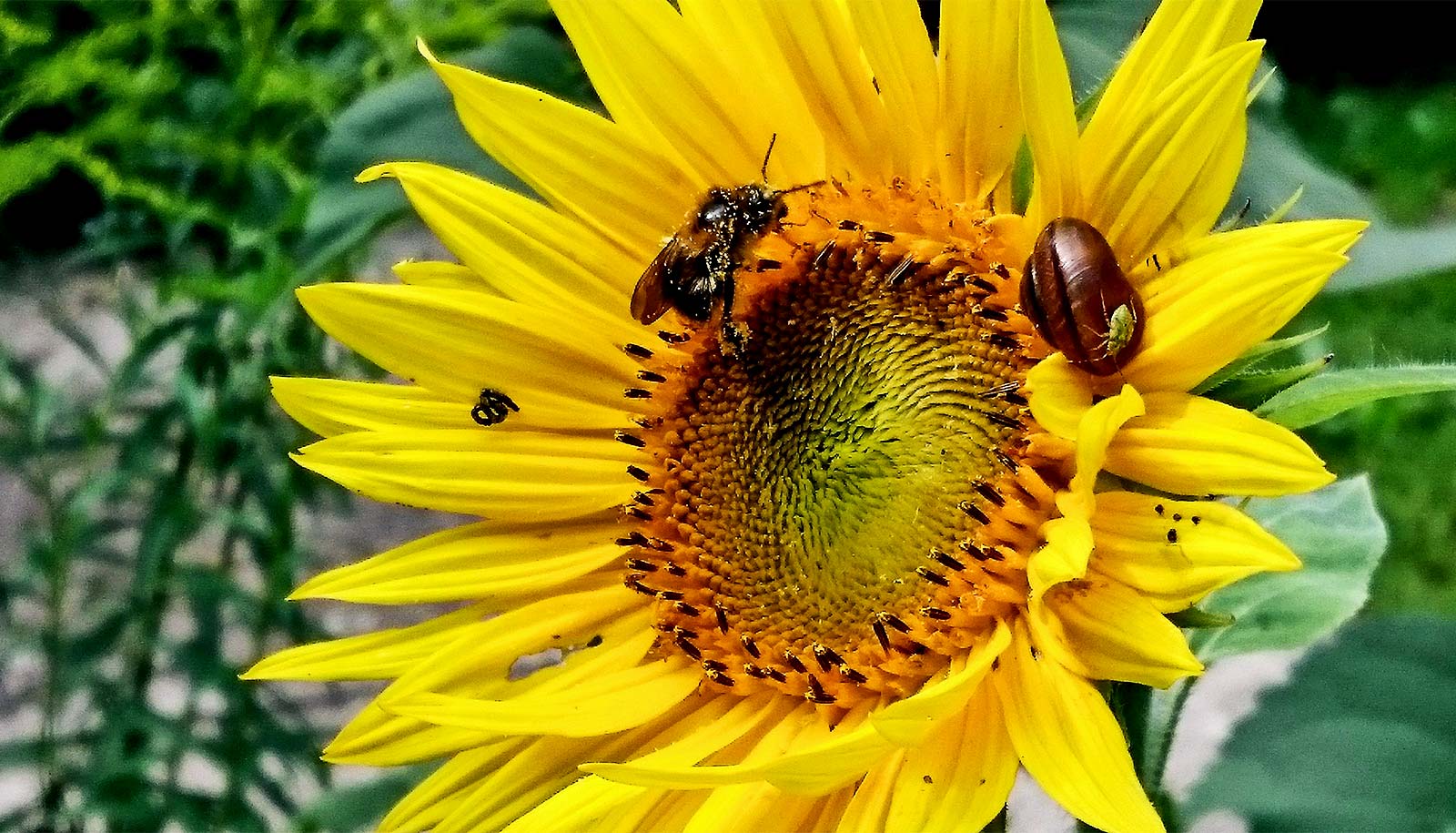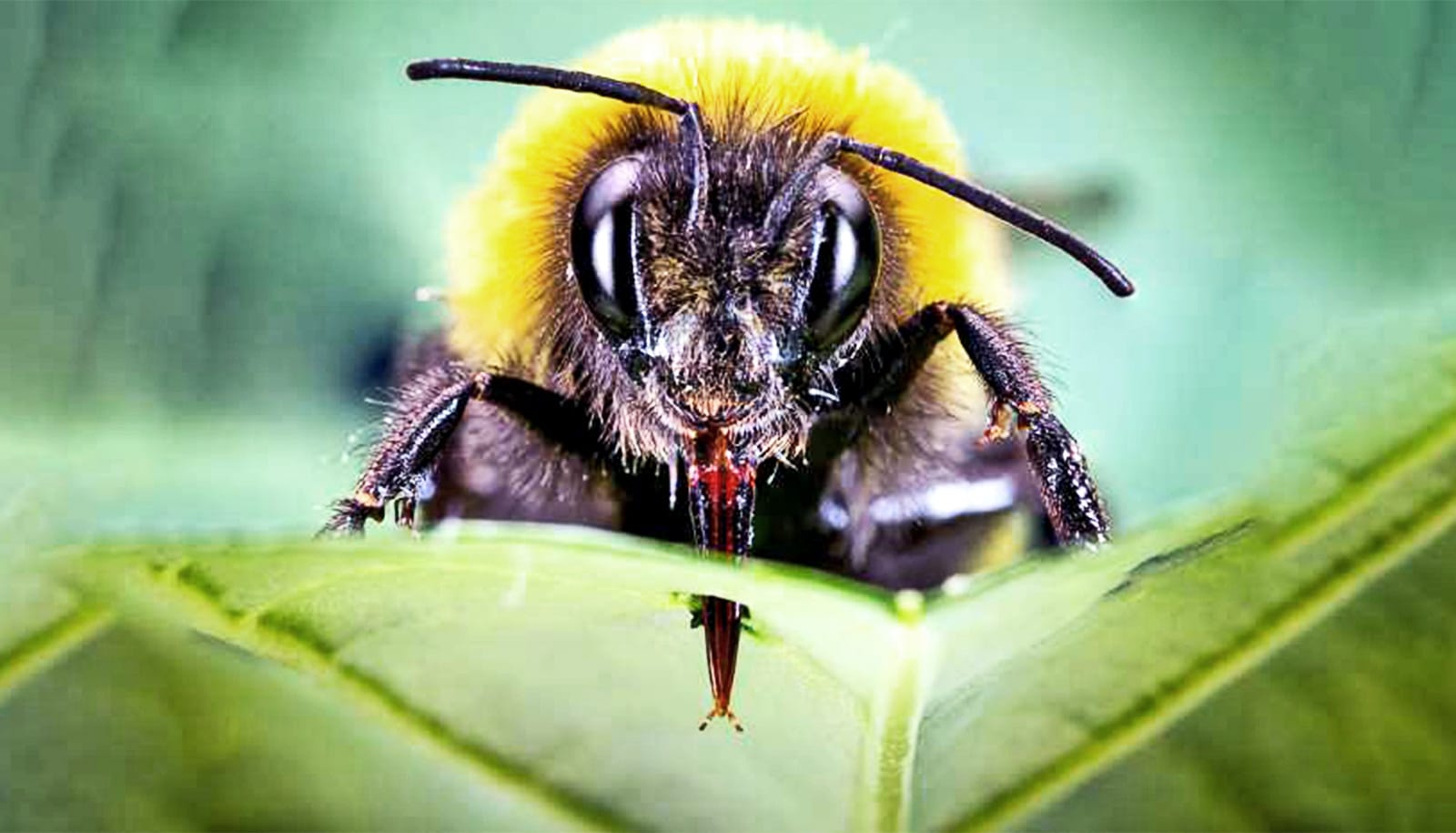Researchers have designed 3D models to gain insight into the evolution of flowers.
The researchers are harnessing photogrammetry—a technique commonly used by geographers to reconstruct landscape topography. This is the first time scientists have used the technique to study flowers.
Photogrammetry uses information gathered from photos taken from different angles. Thanks to the triangulation of common points present on the photos, it’s possible to reconstruct a 3D model of a flower. Colors are then applied to the 3D flower using information from the photos.
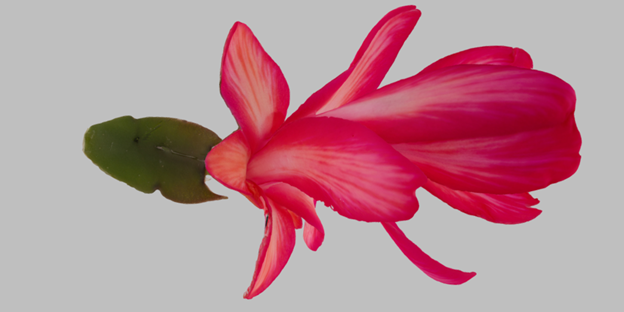
According to the researchers, photogrammetry has the potential to boost research on flower evolution and ecology by providing a simple way to access three-dimensional morphological data.
Databases of flowers—or even of complete plants—could give scientists and the public a way to finally see the unique features of plant species that remained hidden from view.
“The variety of shapes and colors seen in the plant world are difficult to capture with simple photography. That’s why I became interested in adapting technological tools to capture the form of flowers,” says Daniel Schoen, a professor at McGill University who first had the idea of applying photogrammetry to flowers, while doing research at the Institut de recherche en biologie végétale.
“Understanding floral evolution is important because flowers are the principal drivers of plant diversification through speciation, a major determinant of plant biodiversity,” says Schoen.
“Together, the team developed something we think will help advance our understanding of how flowers diversify in response to their interaction with pollinators. Thanks to our 3D models, it’s possible to admire flowers from every angle,” he says.
Flowers are complex and extremely varied three-dimensional structures. Capturing their forms is important to understanding their development and evolution. Ninety-one percent of flowering plants interact with pollinators to ensure their reproduction in a 3D environment. The morphology and colors of the flowers act like magnets on pollinators to attract them. Yet the 3D structure of flowers is rarely studied, the researchers say.
The use of photogrammetry has real advantages compared to other existing methods, in particular X-ray microtomography, which is by far the most widely used method to build 3D flower models, the researchers say.
“Photogrammetry is much more accessible, since it’s cheap, requires little specialized equipment, and can even be used directly in nature,” says Marion Leménager, a doctoral student in biological sciences at Université de Montréal and lead author of the study.
“In addition, photogrammetry has the advantage of reproducing the colors of flowers, which is not possible with methods using X-rays.”
The first results, although imperfect, were enough to convince Leménager to devote a chapter of her thesis to it.
“The method is not perfected yet,” she says. “Some parts of the flowers remain difficult to reconstruct in 3D, such as reflective, translucent, or very hairy surfaces.”
“We have shown that photogrammetry works at least as well as more complicated and expensive X-ray methods for visible flower structures,” says Université de Montréal professor Simon Joly, who conducts research at the Montreal Botanical Garden.
“Thanks to the living collections of the Montreal Botanical Garden, our study of plants from the Gesneriaceae family, like the African violet, demonstrates that 3D models produced using this technique allow us to explore a large number of questions about the evolution of flowers.”
You can view and interact with the 3D models of flowers here.
The work appears in New Phytologist.
Financial support came from the Natural Sciences and Engineering Research Council of Canada and the Montreal Botanical Garden.
Source: McGill University
